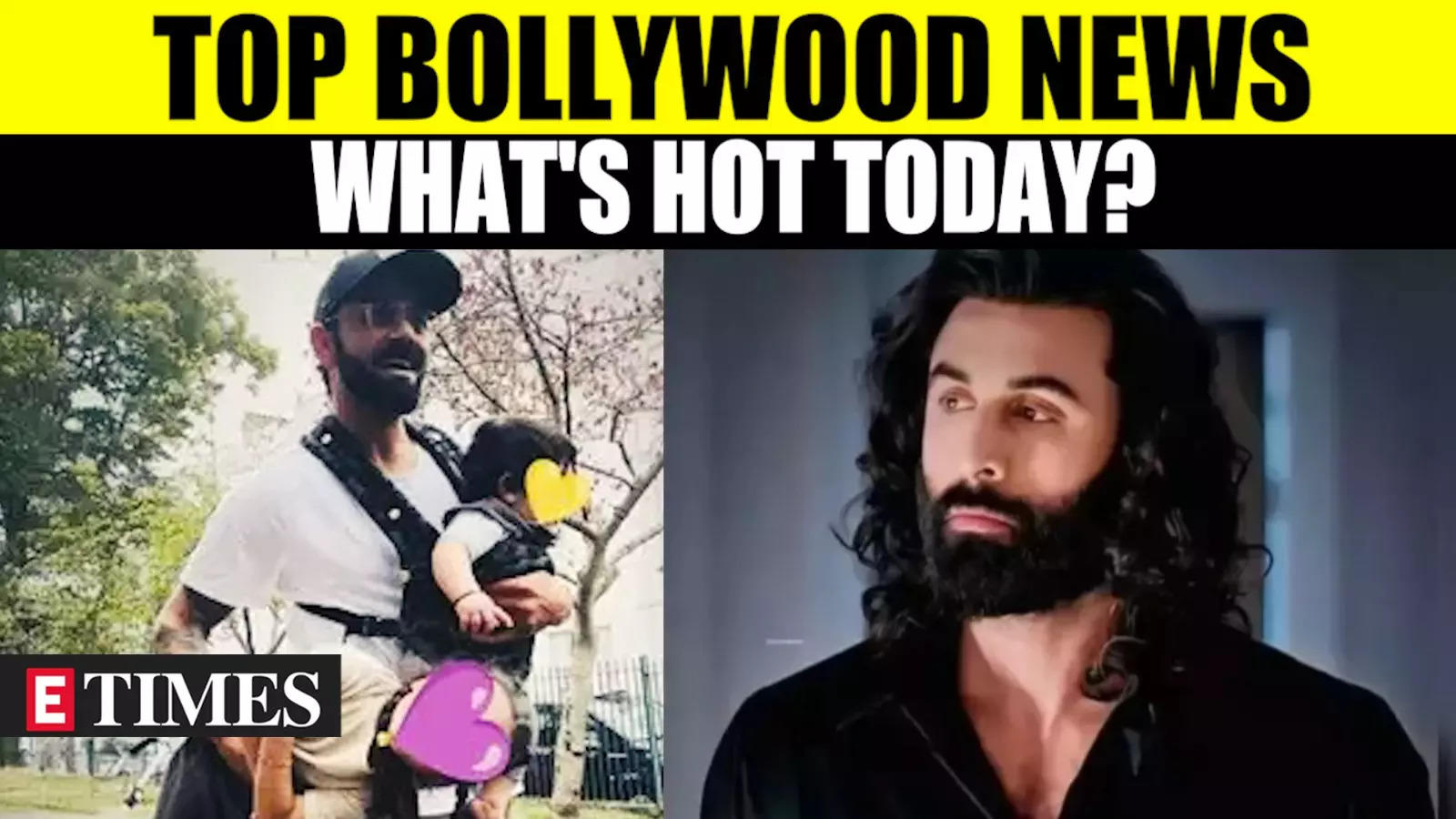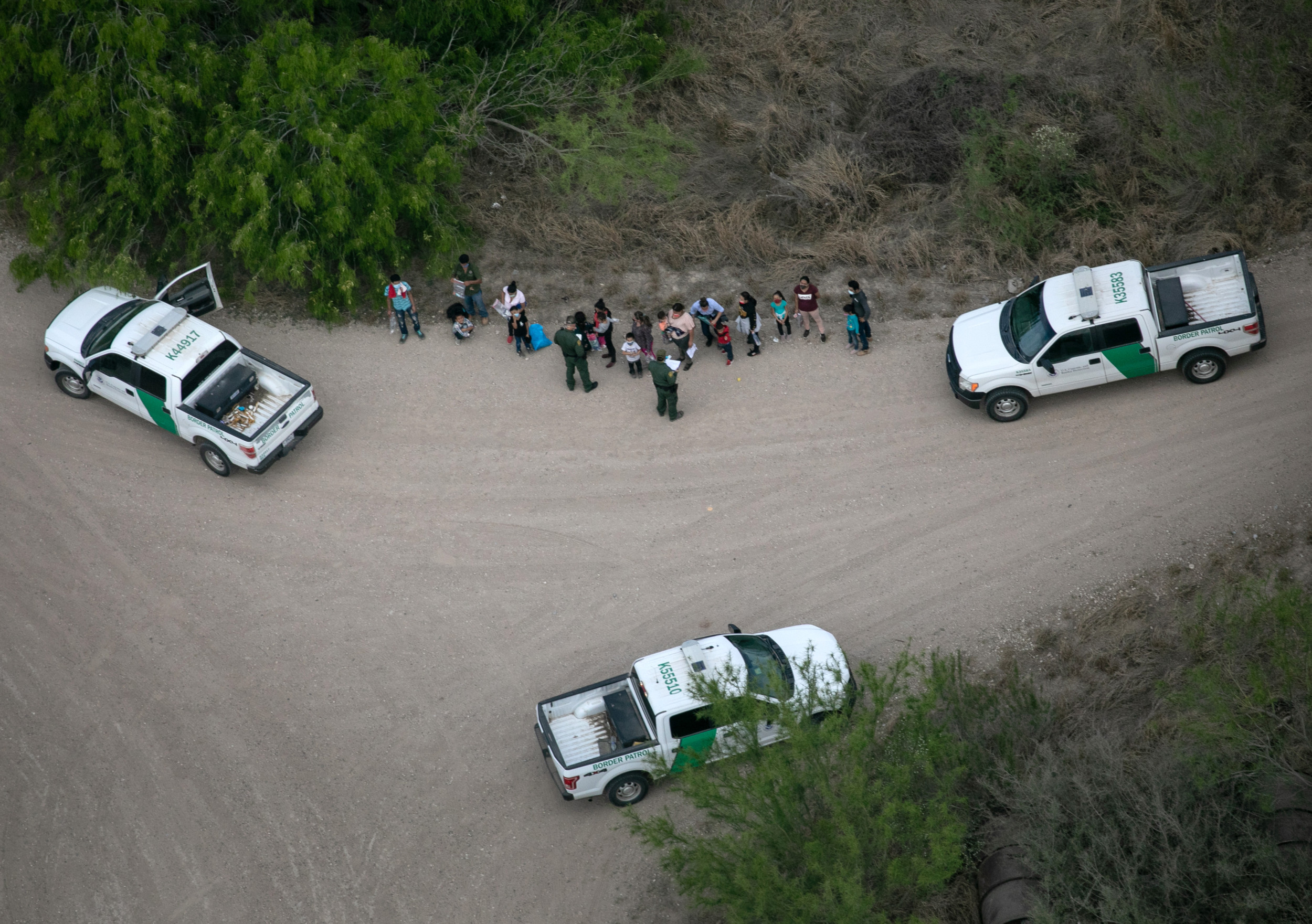
Junior hockey is getting a reboot. The NCAA’s opening up to players in major junior leagues like the WHL, starting on Aug. 1, 2025, will bring sweeping changes.
Players from teams like the Vancouver Giants, Kelowna Rockets, Kamloops Blazers, Victoria Royals and Prince George Cougars haven’t been eligible to play in the NCAA because the governing body for American collegiate sports considered those players as professionals due to the expense stipends they receive in junior. The WHL doesn’t publicize exactly how much the players get — it’s referred to simply as a “very modest monthly stipend” on the league website — but published reports have had it at up to $600 a month. The change in scholarship policy after a vote by the NCAA Div.

I council last week follows the scaling back of various other regulations the past few years. That’s been highlighted by giving athletes in all sports a chance to make money with name image likeness sponsorships. There are reports of University of Colorado quarterback Shedeur Sanders bringing in $6.
2 million this year in name image likeness contracts and Louisiana State University gymnast Livvy Dunne getting $4 million . There had been speculation for years about opening up scholarships to major junior players and that seemed to speed up further when a lawsuit was filed over the summer on behalf of Riley Masterson, 19, who lost his NCAA eligibility in 2022 by playing two OHL exhibition games with the Windsor Spitfires. Here are some items to ponder about this whole situation moving forward.
The league’s main selling point for decades had been it was a high-level Junior A circuit where players could maintain their NCAA eligibility. The BCHL excelled at that, leading the country year after year by wide margins in moving players onto the American university ranks. They list 249 players this season as having NCAA commitments for next season and beyond.
They’re losing their differentiator. They’re going to have to pivot. The BCHL is a 21-team circuit, including five teams from Alberta.
They could break into two tiers. They could create some sort of “super league” out of that. That’s something talked about in the past.
There’s been talk, too, of the BCHL working with the American USHL, with something like a best-of-seven grand championship between the leagues’ titleholders. That would take a major shift, though. The USHL remains under the USA Hockey banner and USA Hockey is aligned with Hockey Canada.
The BCHL split from Hockey Canada before last season and went independent, saying that it wanted autonomy. The 16-team USHL has its own issues. There have been reports that the Muskegon Lumberjacks and Youngstown Phantoms have looked into joining the OHL.
WHL players receive money for one year of post-secondary education for every season they play in the league. It doesn’t specify on the league website that the university has to be in Canada. What happens to that money if the player gets a scholarship to Boston College? Is it merely added onto their NCAA money? What happens if the player leaves for that NCAA scholarship before his 20-year-old season? The New York based player agents Bartlett Hockey posted on social media that “the WHL and OHL have indicated that education packages will be forfeited if a player leaves for the NCAA before fulfilling all years of the WHL or OHL contract.
” Neither league has announced that, though. Are the NCAA and junior leagues going to agree to a cut-off date every year for players to move between the two systems or will rosters be in a constant state of flux? Will major junior skew younger due to undrafted 19 year olds jumping to NCAA teams looking to extend their NHL chances? Will an NCAA program try to woo Gavin McKenna, the Medicine Hat Tigers star who’s already projected to be the No. 1 pick in the 2026 NHL Draft? It would be an attention getter.
He turns 17 in December and his draft bumps back a year because of his late birthday. There’s a huge crop of new players about to become available. Will programs be loyal to their current commitments? Keep in mind that NCAA scholarships are, with few exceptions, one-year agreements with the opportunity for renewal.
And the NCAA’s Guide For The College-Bound Student-Athlete explains that “in most cases, the head coach decides who receives a scholarship, the scholarship amount and whether it will be renewed.” Canadians aren’t eligible for the majority of these deals in the U.S.
because they are on student visas and American laws prohibits them from any employment outside of on-campus work or things like internships tied to their studies. They can’t film a commercial for the local car dealership, nor can they be paid for posts on their social media while at school. Teams and sponsors are finding work arounds, though.
Former Purdue basketball star Zach Edey, who’s from Toronto, filmed KFC commercials when he went home , for instance. According to Forbes, Edey still made US$810,000 in off-the-court endorsements last year. There are plenty of high-end NCAA hockey programs close to the border who could get creative for a hockey player.
@SteveEwen [email protected] Bookmark our website and support our journalism: Don’t miss the news you need to know — add VancouverSun.com and TheProvince.
com to your bookmarks and sign up for our newsletters here . You can also support our journalism by becoming a digital subscriber. With a subscription, you’ll get unlimited access to The Vancouver Sun online, as well as the ePaper and our app.
Support us by subscribing today: The Vancouver Sun ..













